medium voltage stress cones
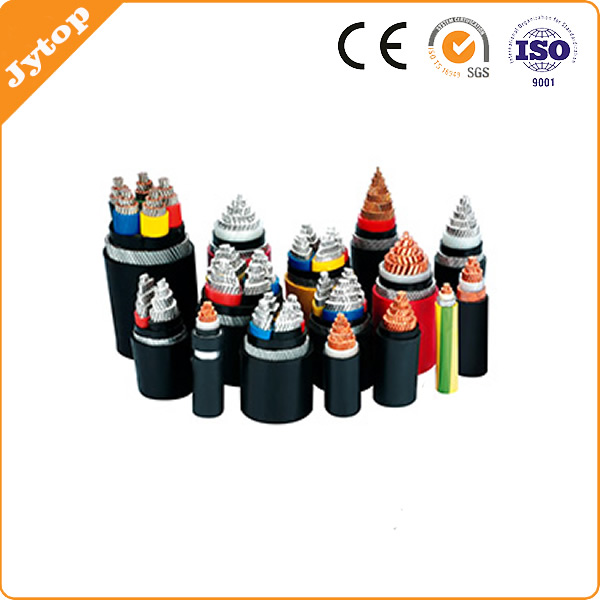
Power Cable
Power cables are mainly used for power transmission and distribution purpose. It is an assembly of one or more individually insulated electrical conductors, usually held together with an overall sheath. The assembly is used for transmission and distribution of electrical power. Electrical power cables may be installed as permanent wiring within buildings, buried in the ground and run overhead or exposed.……Including: rubber cable, welding cable, URD cable, XLPE insulated power calbe etc.
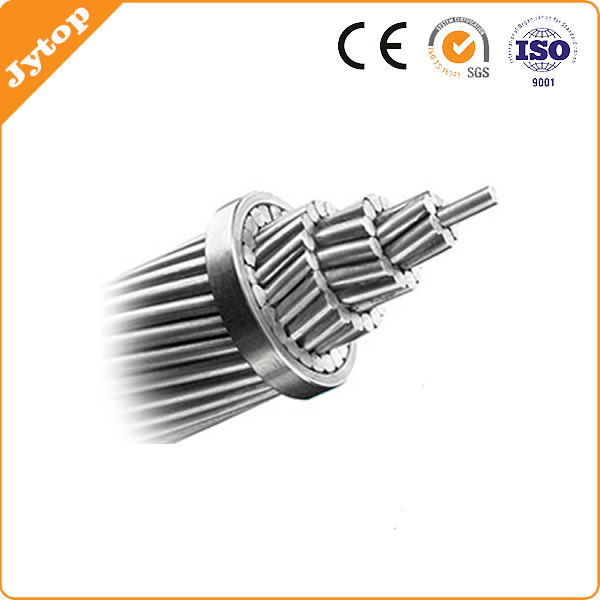
Bare Overhead Conductor
Bare Overhead Conductors are used in overhead transmission and distribution network applications.They are also used for un-insulated hook ups, jumpers, grounding conductors and other applications. Our Conductors conform to ASTM, IEC, BS, BS EN and DIN standards.…… Including: AAC conductor, AAAC conductor, ACSR conductor, ACAR conductor, AACSR conductor, etc.
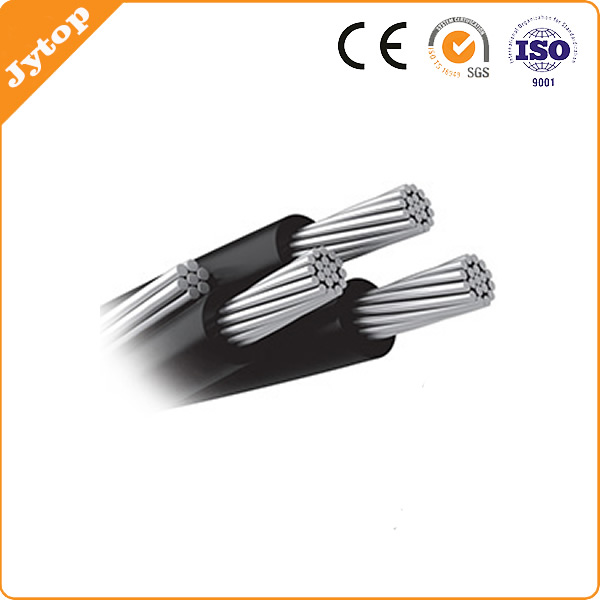
Aerial Bundled Cable
Aerial bundled cables (also aerial bundled conductors or simply ABC) are overhead power lines using several insulated phase conductors bundled tightly together, usually with a bare neutral conductor. Our abc calbe conform to ASTM, IEC, SANS standards.……Including: abc cables, cvered line wire, service drop wire etc.
Medium Voltage Terminations : Electrical…
United States > Energy > Electrical Commercial and Industrial > Products > Terminations > Medium Voltage…
STRESS CONES??? – Electric power & transmission…
Stress cones are required on shielded cables in medium voltage systems (2.4-15kV). In layman’s terms (the…
5kv stress cone – Platt Electric Supply
Shop for 5kv stress cone from Platt Electric Supply
High-voltage cable – Wikipedia, the free…
A high-voltage cable (HV cable) is a cable used for electric power transmission at high voltage. A cable…
On a medium voltage shielded cable stress cone,…
Question – On a medium voltage shielded cable stress cone, how far can – J4. Find the answer to this and…
What is the purpose of a stress cone on an…
Quick Answer. Stress cones provide an extra layer of safety at the end of electrical terminations. They…
Stress Cones – U.S. MOTORS
Stress Cones. Description: Stress cones are a means of preventing insulation failure at the termination…
Why Are Terminations Required On Shielded Medium …
Why Are Terminations Required On Shielded Medium Voltage Cables? Every shielded medium voltage conductor…
Raychem High Voltage Cable Accessories up to 170…
Raychem High Voltage Cable Accessories up to 170 kV. 2 Content Raychem Outdoor Terminations OHVT-C…
Avoiding Flashover in Medium Voltage Switchgear -…
Avoiding Flashover in Medium Voltage Switchgear Chuck Humphrey Highvec Canada Inc. Timmins, … Both …
Trusted
For High Voltage Applications Trusted Your … slide-on stress cone and cold shrink … geometric stress…
Stress cones – Mike Holt Enterprises
They are those pointy things you see on the end of underground high/medium voltage cable where it gets…
Energy Division – Raychem
Energy Division Power Cable Accessories Catalogue 2003/2004. Content Introduction 3 … medium voltage…
Cable Selection for Medium Voltage Capacitor Banks…
Cable Selection for Medium Voltage Capacitor … cable selection and the use of stress cones is provided….
Stress Cones on 5kV cables – Electric power &…
I have recently been involved with a discussion regarding the use of stress cones on 5kV motor leads for…
Cable and Terminations (Medium Voltage)
Install medium voltage cable and terminations as indicated in accordance with the manufacturer’s written…
Terminations
TERMINATIONS 3M ™ Cold Shrink … rubber and Hi-K stress control material in conjunction … outdoor …
Medium- Voltage Cables, Splices and Terminations
MEDIUM-VOLTAGE CABLES, SPLICES AND TERMINATIONS. PART 1 … A. Medium-voltage cable shall be furnished…
What Are Stress Cones Used for? | eHow
Stress cones add an extra layer of safety to electrical and motor insulation. These cylindrical cones…
How to Install an Electrical Stress Cone | eHow
How to Install an Electrical Stress Cone. A stress cone is used when terminating a medium to high voltage…




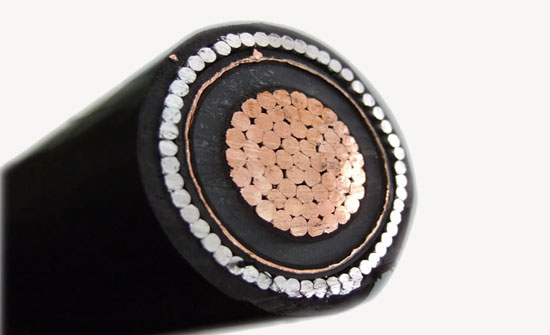





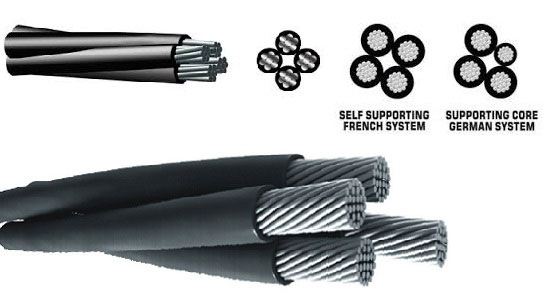












Leave a Reply